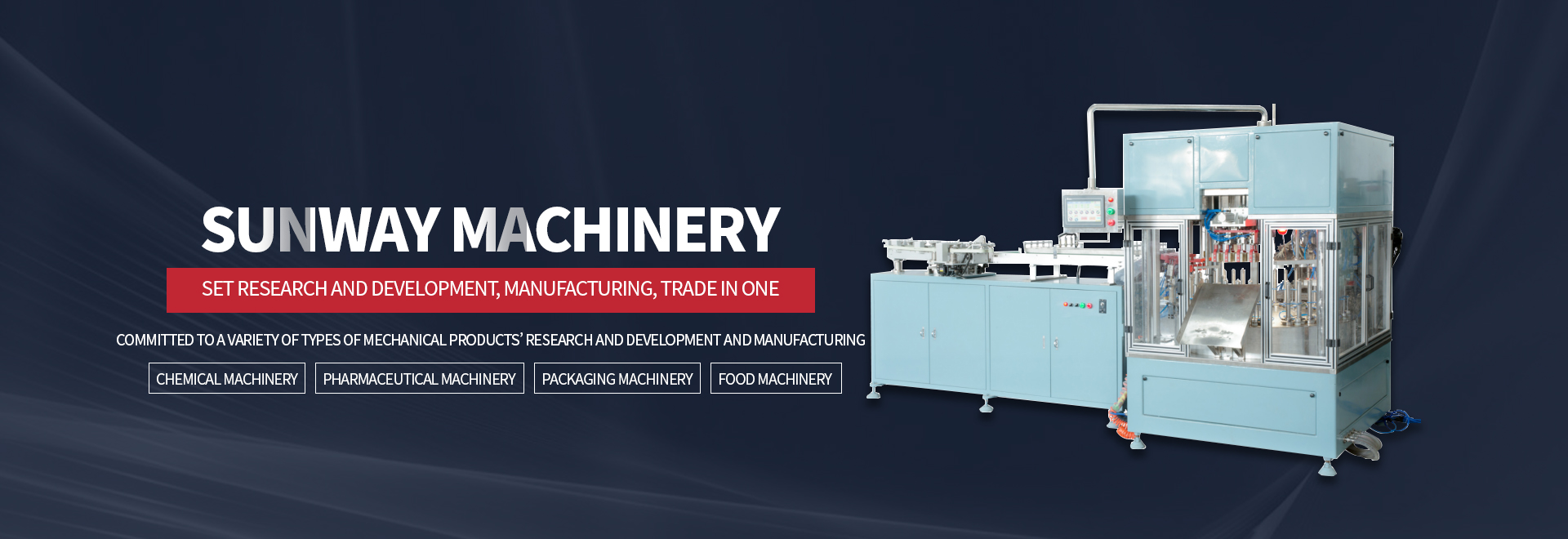Refers to equipment used professionally for high-speed cutting, dispersing, and mixing of materials. Mainly used for processes such as stirring, homogenization, mixing, and dispersion of materials with fluidity; During the high-speed relative rotation of the spindle and rotor, a strong shear force is generated, causing the materials to mix thoroughly and break apart! Vacuum remove bubbles during the mixing process.
working principle:
The material is first preheated and stirred in water and oil pots, and then directly sucked into the homogenization pot under vacuum through the conveying pipeline. The material is stirred and scraped inside the homogenization pot (the scraper always conforms to the shape of the pot, sweeping away the wall sticking material), constantly creating new interfaces. Then, it is stirred and mixed downwards towards the homogenizer below the pot through the cutting, compression, and folding of the frame stirrer and its reverse stirring blades. The material is then cut in the shear joint by the cutting, impact, turbulence, and other processes generated between the high-speed rotating rotor and stator, quickly breaking into particles of 200nm to 2 μ m. Material granulation, mixing, blending, and dispersion can be completed in a short period of time. Due to the vacuum state inside the homogenization pot, the bubbles generated during the mixing process of the material are promptly removed. After homogenization is complete, raise the lid of the pot and press the pouring button switch to discharge the materials inside the pot into the outer container (or open the pot bottom valve and pressure valve to discharge directly). The heating temperature of the homogenization pot is displayed through the temperature controller on the control panel; Homogeneous stirring and blade stirring can be used separately; It can also be used simultaneously; The length of homogenization mixing time is controlled by the user based on the different properties of the material and can be adjusted through the control panel. After finishing the work, you can open the cleaning ball valve to clean the pot body.
Structural composition:
It consists of a main pot, oil pot, water pot, electrical control system, hydraulic system, vacuum system, and frame.
The main pot is composed of a homogeneous stirring pot, a homogenization mechanism, a bidirectional stirring mechanism, etc.
Equipment function:
1. Pour liquid into the top of the main pot and add trace elements; The water and oil pots are semi open for easy feeding.
2. Main pot vacuum feeding function.
3. The frame mixer and blade mixer operate in opposite directions, with variable frequency speed regulation. The frame mixer is equipped with a scraper and has no dead corners.
4. Adopting foreign technology high shear homogenizer for upper homogenization.
5. The bottom of the main pot adopts a pot bottom valve, which has a positive extrusion function and no dead corners.
6. The pot and premix pot are both made in three layers, with a jacket inside, and can be heated or cooled by adding water.
7. Hydraulic lifting function for the main pot lid. The tilting function of the pot body facilitates cleaning inside the pot.
8. The control panel has on/off, emergency stop switches, display of temperature upper and lower limit settings, control settings for mixing speed (variable frequency speed regulation), homogenization speed, homogenization time, vacuum, lighting, including all functions of the premix pot, and hydraulic system lifting control.
9. The main pot cover is equipped with a lighting lamp and a wiping mirror for easy observation of the state inside the pot.
10. It is also equipped with an emergency stop function.
Installation and debugging precautions:
1. Connect the power supply, ensure the power supply matches, and ensure that the ground wire is reliably grounded. Turn on the main power switch,
The power indicator light is on. (After connecting the motor or when it is not needed to be restarted for a long time, it should be jog and tested. The rotation of the mixing frame should be viewed from top to bottom as reverse. When debugging, the mixing should be jog and tested first. After confirming that there are no errors, let the homogenizer run!)
2. Correctly connect all pipelines of the homogenization pot (including overflow ports, drain ports, and discharge ports, etc.).
Before vacuuming, it is necessary to check whether the pot is flush with the pot cover, whether the pot mouth, material mouth cover, etc. are tightly covered, and whether the seal is reliable. Close all valve interfaces on the pot lid, then open the vacuum valve on the pot lid, and then turn on the vacuum pump to evacuate. After meeting the requirements, turn off the vacuum pump and close the vacuum valve at the same time. (See the operation process flowchart for details)
4. Homogeneous cutting and scraper mixing: After feeding (water can be used to replace it during commissioning), turn on the corresponding control switches to control the operation of the homogenizer and scraper mixing. Before starting the mixing process, it is also necessary to jog and check if there are any abnormalities in the mixing scraper wall. If there are any, they should be eliminated immediately.
5. The vacuum pump can be started and operated under the sealing condition of the homogenization pot. If there is a special need to open the air to start the pump, it should not run for more than 3 minutes.
6. Vacuum pumps are strictly prohibited from operating without working fluid. It is strictly prohibited to block the exhaust port during pump operation.
7. Regularly check the lubricating oil and grease in each component and bearing, and replace them with clean lubricating oil and grease in a timely manner.
8. Keep the homogenizer clean. Clean the parts of the homogenizer that come into contact with the working fluid, especially the cutting wheel cutting sleeve at the head, the sliding bearings inside the homogenizer shaft sleeve, and the shaft sleeve, every time the material needs to be stopped or replaced. After cleaning and reassembling, there should be no jamming phenomenon when turning the impeller by hand. After fixing the flanges of the pot body and lid relative to each other, the motor of the jog homogenizer should turn correctly without any other abnormalities before starting to operate.
9. The cleaning work of all pots shall be handled by the user according to the standards.





